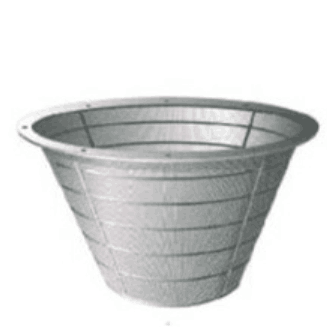(1) Cable handling: The cable should be wrapped around the plate for transportation. When manpower is pushed, it should be rolled in the direction of the tightness of the cable coil or in the direction of the arrow marked on the plate. Otherwise, the cable will loosen and become twisted, making it difficult to remove the cable. When transporting by car, the cable tray should be placed on the vehicle and temporarily fixed. Do not drop the disc when unloading the car. Roll it down or hang it down. Large cable trays are difficult to roll and are transported by forklifts. The short cable can be coiled at the specified minimum bend radius and transported after four points of tight binding. The cable laying is currently artificially laid and special tools are used.
When laying the cable, place the cable tray on the cable payout rack. Place the plastic or aluminum floor pulley on the floor of the cable and place the cable on the pulley. This not only reduces the labor intensity, but also reduces the friction between the cable and the ground, and protects the cable. Not damaged. After the cables are laid in place, arrange the cables in time, arrange the cables according to the design position, and straighten the cables. Use plastic tapes or cable cards to bind and fix them according to the specifications. At the same time, hang the cable cards in time. The cable cards should have the following contents: cable number, Cable model, specifications, starting point, end point, etc. Cables should be placed at the following locations: at both ends of the cable, at the corner where the cable is changed, at the cable riser, at the middle of the cable.
(2) Cable ducting: The cable shall be protected by pipe at the following locations: the cable lead-in machine leads out of the building, tunnel, and channel; the cable passes through the floor or the wall; leads to the pole and the cable laid along the wall is off the ground A section of 2 meters in height; where the indoor cable may be mechanically damaged, the outdoor cable passes through the road and the indoor easy-access point cable is 2 meters above the ground. When a cable enters a single pipe, it shall meet the following requirements: armored cable shall not penetrate into the same pipe in other cables, a cable pipe may only allow one cable to be laid, and cables laid in concrete and asbestos cement pipes shall be plastic sheathed. Cables to prevent corrosion. When laying the cable through the pipe, it is necessary to clear the pipe first. When the pipe is not long, the cable can be fed directly. When there are two right-angled bends after the pipeline is lengthened, it can be penetrated into the pipe with an 8-10 wire, one end is fastened on the cable, and then one end is drawn and one end is sent. In order to strengthen the lubrication, the nozzle can also be Apply talcum powder or industrial petrolatum to the cable.
(3) Directly burying the cables: When the cables are laid directly, they must be buried below the permafrost. The bottom of the trench must be a soft soil layer with no stones or other hard debris. Otherwise, it should be covered with no less than 100 mm. Sand or soft soil. The cable should also be covered with a layer of sand or soft soil not less than 100 mm. The cover is covered with a concrete slab or brick above the width of the cable and is 50 mm on both sides of the cable. The original soil is then backfilled. The buried depth of buried cables shall be within the minimum distance between the cables, cables and pipes, roads, and buildings when they are parallel or intersect. When the cable is laid directly, it should have a certain wave shape to prevent the uneven settlement of the ground and damage the cable. The location of the cable and joint box should be set up sign piles, and the cable laying position map should also be drawn in order to transfer to the operating unit.
The Conical Johnson Screen is a kind of tubal Johnson screen which has a wide upper part and a narrow lower part.

It is composed of support rods and V-profile wire rolling welded on the special welding machine. We can adopt different material to suit your work condition. The common material are 304, 321, 316 L, 904 L, duplex steel 2205, duplex steel 2207, Monel. etc
Conical Johnson Screen
Wedge Wire Screen,Conical Johnson Screen,Stainless Steel Conical Johnson Screen,Conical Wedge Wire Johnson Screen
Xinxiang Shengda Filtration Technique Co., Ltd. , https://www.filtrations.nl
